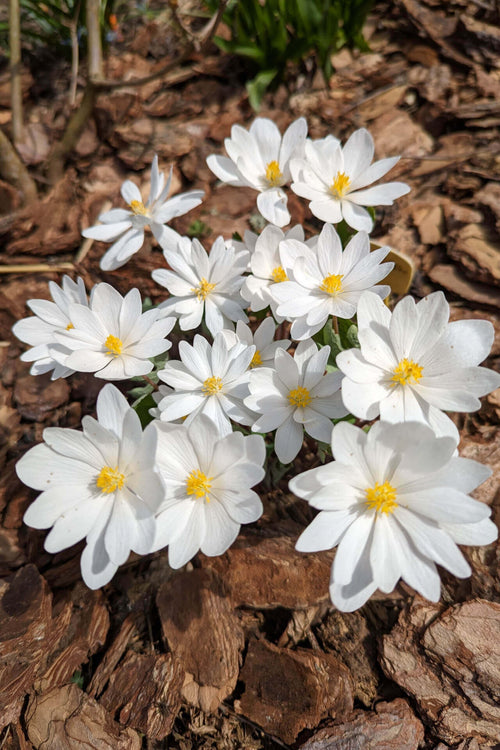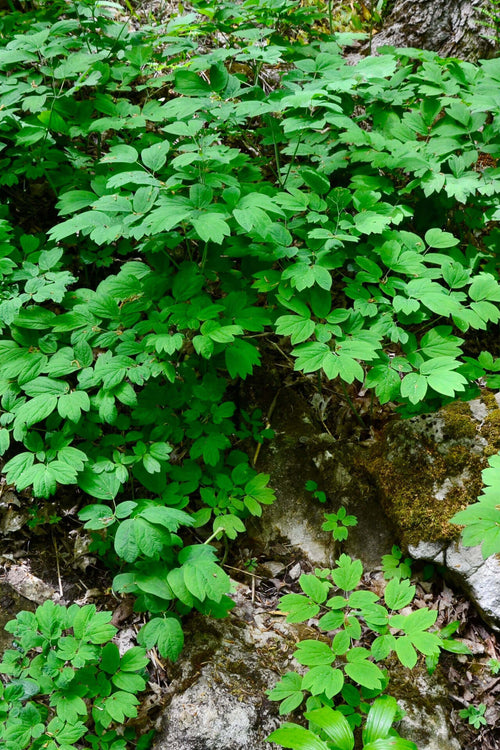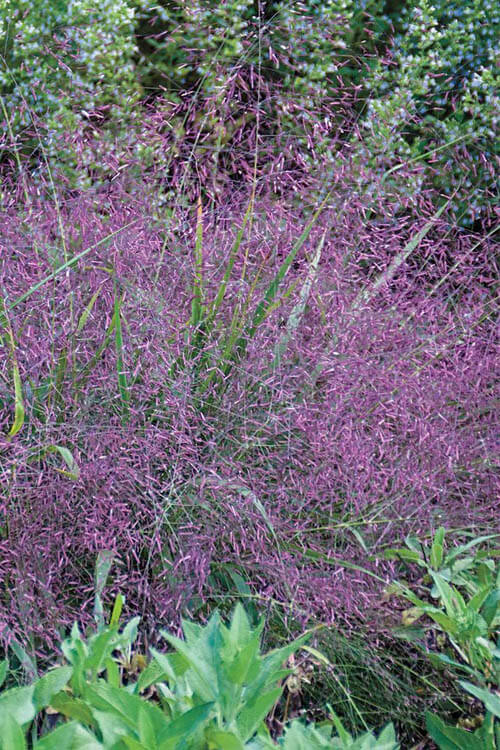Creating A Perennial Garden
Gardeners can create beautiful landscapes that provide color and interest for years to come through perennial plants.
The critical step in planning any perennial garden is the selection of the right perennials. The difference between annuals and perennial plants is quite essential. Annuals are plants that live for only one growing season. Perennials are plants that grow through multiple seasons.
That concept seems simple enough, but several issues can make the difference less clear. Plants with beautiful flowers or foliage are usually desirable in a garden setting, and vendors often transport them from one region to another for sale in distant markets. When plants that grow for years in the South are grown in colder northern climates, they die off during the winter. In southern climates, the plants are perennials. In the North, they are annuals. Passion vines are an excellent example of this difference. In tropical climates, passion vines produce their intricate flowers year after year. In temperate climates, tropical passion vines are grown for only a single season and must be grown again from seed the following year.
The way the plant's seed is another source of confusion. True perennials grow from the same root system year after year. Flowering bulbs are a perfect example. Tulips grow each year from bulbs that become dormant but do not die. Flowering shrubs or vines are another example; Wisteria and lilac blossom from stems that lose their leaves in the winter but do not die to the ground.
The roots of annual plants die each year, but the plants produce seeds that gardeners collect and sow the following season. Most vegetable plants fall into this category. Some annuals produce seeds that fall to the ground and grow the following year without any intervention or help from a gardener. The new plants grow in the same area, and it may seem like the same plants are coming back year after year. However, the reality is that new plants are grown from seed in the exact location. These plants are called self-seeding; some plants sold as perennials are self-seeding annuals. Vendors often label self-seeding annuals as perennials, like the Purple Coneflower, because consumers are more likely to purchase plants that come back year after year.
When a gardener knows what plants are genuinely perennial for the region, a beautiful perennial garden can efficiently be designed based on plant heights, bloom or foliage colors, and expected blooming periods.
Taller plants should be kept along posterior borders or planted in the center of flowering beds. That allows them to be enjoyed without obscuring the view or smaller plants in front of or surrounding them. Perennials bloom during different months, so be sure to plan accordingly. A garden full of daffodils is beautiful for a month or two in the early spring but quite dull for the remaining ten months of the year. It would help if you planted gardens with perennials that bloom sequentially so that new flowers appear as other types of bloom fade.
By selecting true perennials in their favorite colors, gardeners can design beautiful flowering landscapes that will provide interest and enjoyment year after year.
Source to Buy Perennials for Your Gardens
TN Nurseries best selling perennials
Periwinkle
Golden ragwort




















































